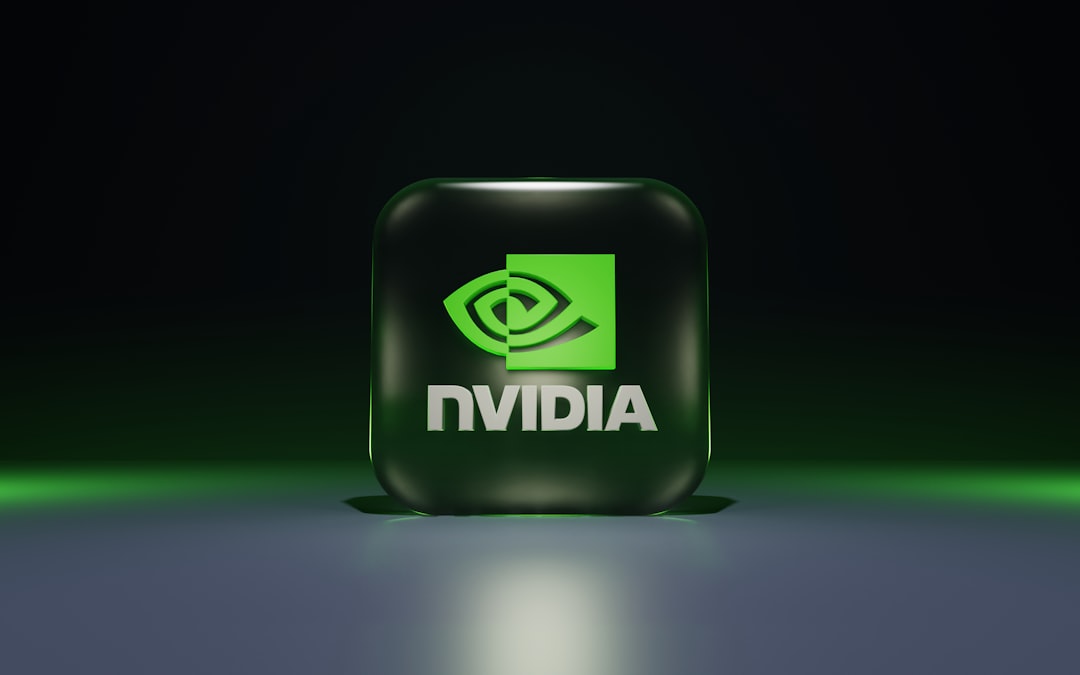As artificial intelligence continues to revolutionize the technology landscape, AI-powered video coding is emerging as a game changer in 2025. The integration of AI in video compression drastically improves efficiency, reduces latency, and enhances visual quality, particularly in applications like streaming, video conferencing, and surveillance. In this rapidly evolving space, several tools and frameworks are making significant strides toward simplifying and optimizing video coding through deep learning techniques and computer vision. This article explores the top options available to developers, researchers, and video engineers working with AI-enhanced video codecs.
Why AI-Powered Video Coding Matters in 2025
Video consumption accounts for the majority of internet traffic, and traditional codec optimization has started to hit saturation in terms of Return on Investment (ROI). AI has stepped in to push boundaries further by introducing learned models that adapt to content characteristics, making encoding smarter.
AI-based solutions leverage neural networks to enhance areas such as:
- Frame prediction and interpolation
- Noise reduction and artifact removal
- Scene detection and adaptive bitrate streaming
- Visual attention modeling for ROI encoding
Below is a curated list of top tools and frameworks that have defined AI-powered video coding in 2025.
1. NVIDIA Video Codec SDK 12 with DeepStream
NVIDIA’s Video Codec SDK continues to be a powerful platform for developers leveraging GPU-accelerated encoding and decoding. Now integrated deeply with DeepStream SDK, the platform supports AI models to preprocess frames before encoding, optimizing both speed and quality. In 2025, DeepStream includes modules for object detection, frame scaling, and AI-driven bitrate allocation.
Key Features:
- Real-time encoding using NVENC/NVDEC
- Plug-and-play AI models for edge devices
- Support for H.264, H.265, and emerging AV1 standard

2. Google’s Lyra and AI-Powered Codec Research
Google’s experimental audio codec, Lyra, made headlines for enabling high-quality voice transmission over very low bandwidth. In 2025, Google has extended its advancements from Lyra into the video realm with new AI-powered codecs underpinned by TensorFlow Lite and MediaPipe.
What’s New in 2025:
- ML-based compression for lower video call data usage
- Deep learning-assisted motion estimation
- Cross-platform support with WebRTC compatibility
This makes Google’s suite ideal for video conferencing companies and mobile-first platforms needing highly efficient bandwidth usage without compromising quality.
3. Meta’s AV1 Encoding Accelerator with AI
Meta has taken a proactive role in promoting open-source standards like AV1, and in 2025, they introduced a new AI accelerator stack that partners with their own Reality Labs. This offers real-time, scalable encoding tailored for social and immersive media formats like Reels or VR video.
Highlights:
- Machine learning-enhanced encoding block decisioning
- Contextual encoding based on user attention prediction
- Smooth integration with PyTorch-based inference

Especially notable is the stack’s capability to optimize VR streaming by dynamically evaluating user gaze direction and foveated rendering strategies.
4. OpenVINO Video AI Toolkit
Intel’s OpenVINO toolkit has earned a reputation as the go-to platform for deploying AI together with video ingestion and analytics pipelines. New in 2025 is the Video AI Toolkit — a specialized layer that wraps OpenVINO with pre-optimized labeling, classification, and frame enhancement algorithms suited for video editors and surveillance engineers.
Advantages:
- AI-enhanced denoising and super resolution filters
- Pipeline support for adaptive encoding with ROI-based codecs
- Runs seamlessly on CPU, GPU, and Vision Processing Units (VPUs)
Developers can also implement workflow-aware encoders that learn from scene semantics, improving motion vector optimization under constrained conditions.
5. FFmpeg-AI Extension by OpenAI Community
The FFmpeg project remains the bedrock of video processing in the open-source world. In 2025, an OpenAI-supported extension known as FFmpeg-AI has brought deep learning capabilities directly into the FFmpeg stack. These AI features include convolutional autoencoders for pre- and post-processing, and even GANs for video upscaling.
Key Innovations:
- Neural layer integration in FFMPEG’s filter graph
- Dynamic model loading for edge-based operations
- Scriptable AI encoder pipelines using Python and Rust bridges
This breakthrough enables a new class of hybrid encoders that mix traditional and neural compression techniques, bringing smarter, more adaptive encoding to even lightweight systems.
6. Tencent’s AICodec Lab Toolkit
Tencent, known for its lead in gaming and OTT platforms, has released its full-stack video AI toolkit in 2025 under the umbrella of AICodec Lab. This toolkit builds on top of RESTful microservices to allow containerized, cloud-based video encoding pipelines equipped with AI inference models for every stage, from preprocessing to delivery.
Toolkit Components:
- Scene segmentation and motion stabilization networks
- Bitrate optimization using reinforcement learning
- Built on Docker and Kubernetes for scalability

Its impact is particularly visible in Tencent’s video streaming apps, offering reduced buffering and banner recognition in live broadcasts.
The Road Ahead
AI-powered video coding is no longer just a research curiosity—it’s becoming a practical requirement in 2025’s multimedia ecosystem. By enabling automatic quality enhancement, semantic compression, and personalized encoding based on device or viewer behavior, these tools are transforming visual communication.
The above tools and frameworks cater to a wide range of requirements—from low-latency streaming to ultra high-definition (UHD) cinematic post-processing. Forward-looking developers and enterprises are increasingly adopting these platforms to keep pace with the demands of immersive content, intelligent streaming, and sustainable computing.
Frequently Asked Questions (FAQ)
Q1: What is AI-powered video coding?
AI-powered video coding refers to the use of artificial intelligence algorithms—typically deep learning models—to optimize various aspects of video compression, transmission, and playback. This ranges from motion estimation and artifact suppression to semantic scene detection and adaptive bitrate streaming.
Q2: How does AI improve encoding efficiency?
AI models can predict redundancies between frames more efficiently than traditional algorithms, identify important regions in a video, and adapt compression ratios accordingly. This reduces file sizes while maintaining or even improving visual quality.
Q3: Are there open-source tools for AI-enhanced video coding?
Yes, many open-source platforms like FFmpeg now support AI extensions, and toolkits such as OpenVINO and Google’s MediaPipe offer frameworks for integrating AI into video workflows.
Q4: What are the challenges in AI-based video coding?
Major challenges include computational cost, latency, and model generalization across varying content types. Efficient model deployment, hardware acceleration, and scalable infrastructures are essential to address these issues.
Q5: Will traditional codecs be replaced by AI?
Not entirely. Traditional codecs like H.265 or AV1 still provide robust baselines, and AI is often used to complement them. The trend is toward hybrid models where neural networks handle specialized encoding tasks in tandem with classical components.



